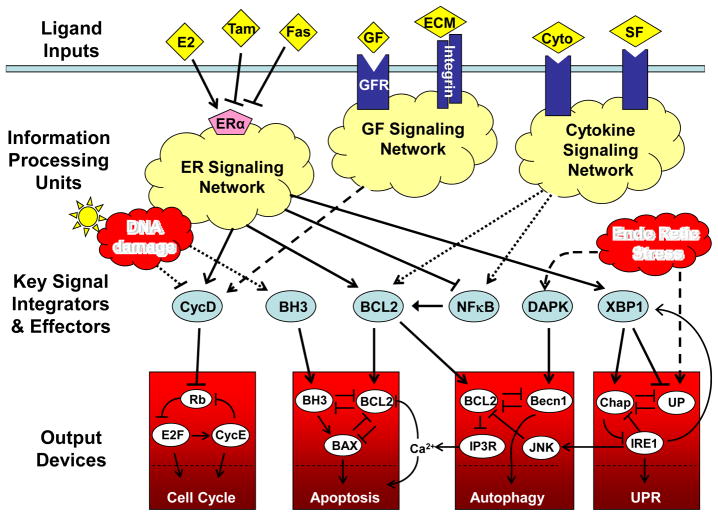FIGURE 1. The estrogen receptor signaling network in breast epithelial cells.
Extracellular signals, such as estrogen (E2), growth factors (GF), survival factors (SF), cytokines (cyto) and extracellular matrix (ECM), bind to receptor proteins, which initiate a complex series of chemical reactions within the cell, culminating ultimately in the activation of a set of integrator/effector proteins. These proteins sum up the positive and negative signals coming from the information processing units, and then they drive responses in the downstream decision modules and stress modules. The ‘cell cycle module’ coordinates DNA synthesis and mitotic cell division with cell growth and the body’s need for a continuous supply of new cells in the right place at the right time. The ‘apoptosis module’ rids the body of damaged, worn out, or un-needed cells. The ‘unfolded protein module’ is a response to stresses such as starvation and reactive oxygen species. Under conditions of extreme stress, the ‘autophagy module’ can provide the cell with a supply of energy and raw materials. Tamoxifen (Tam) and Faslodex (Fas) are inhibitors of the estrogen receptor (ERα), and they are commonly used to kill estrogen-dependent breast cancer cells.

